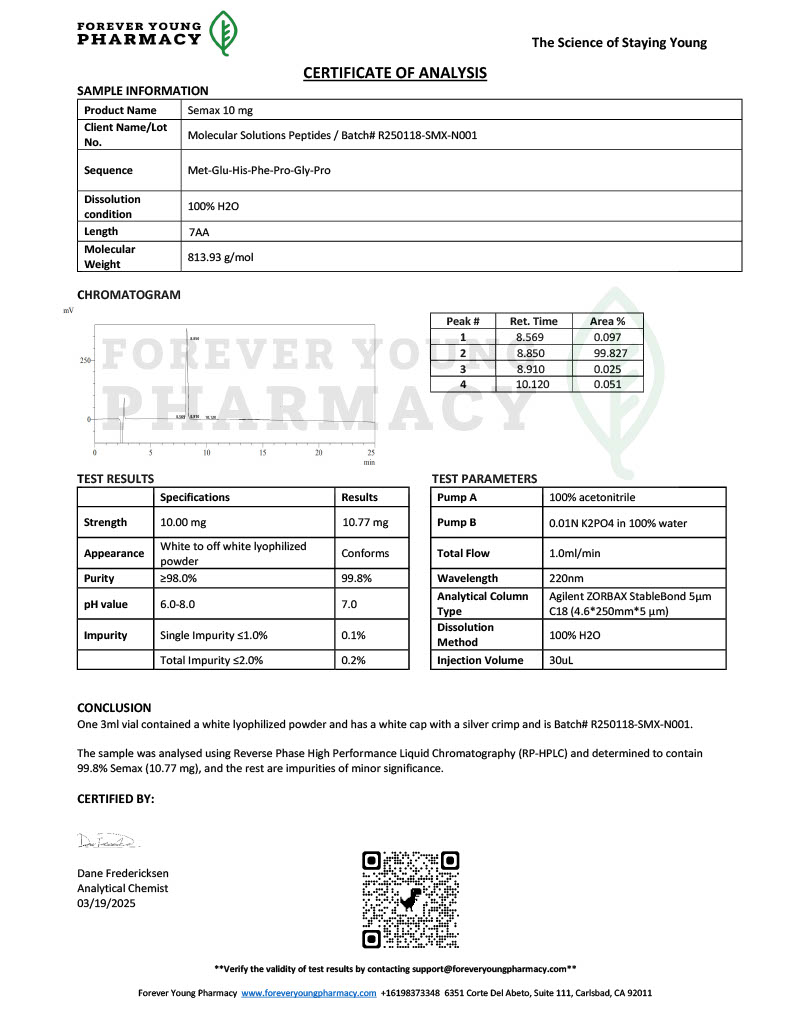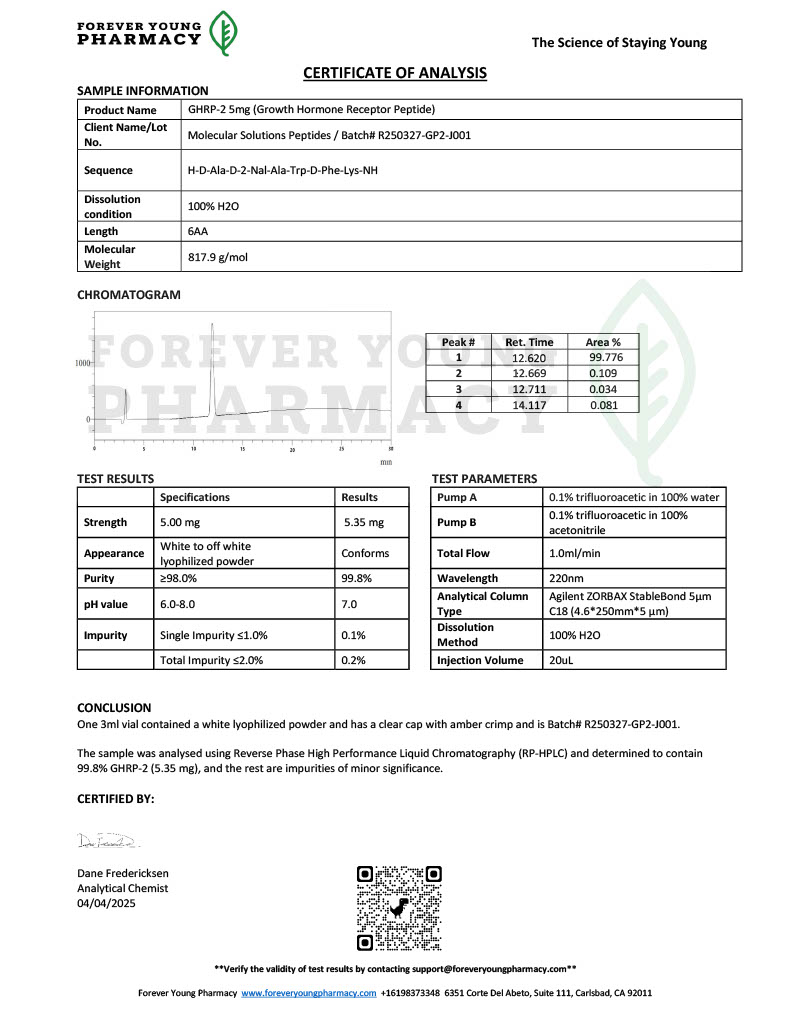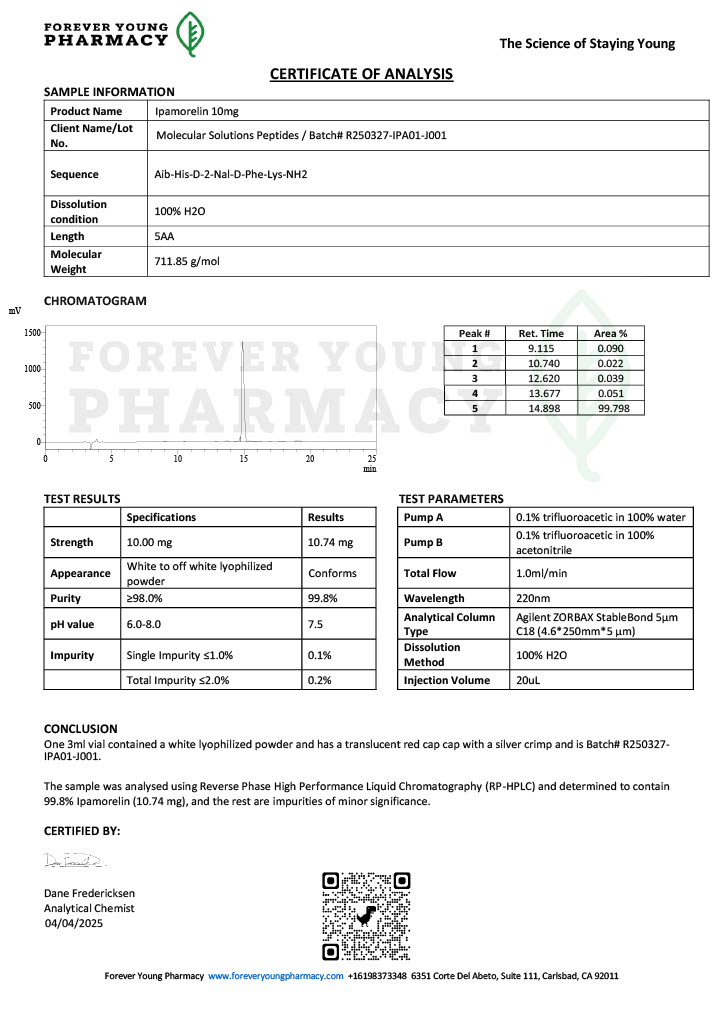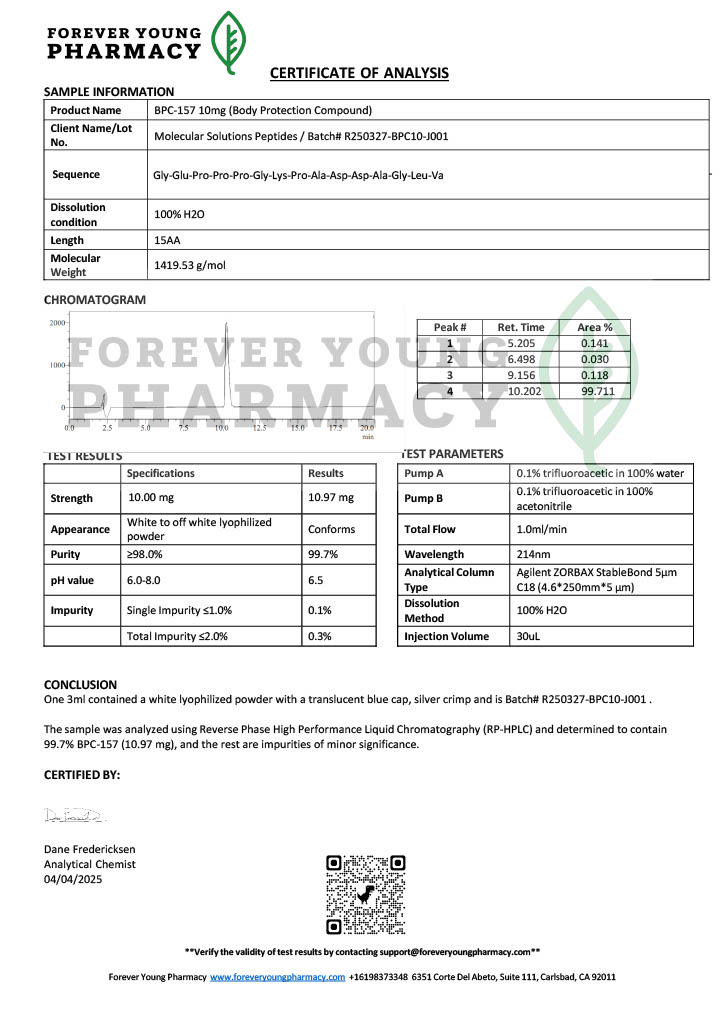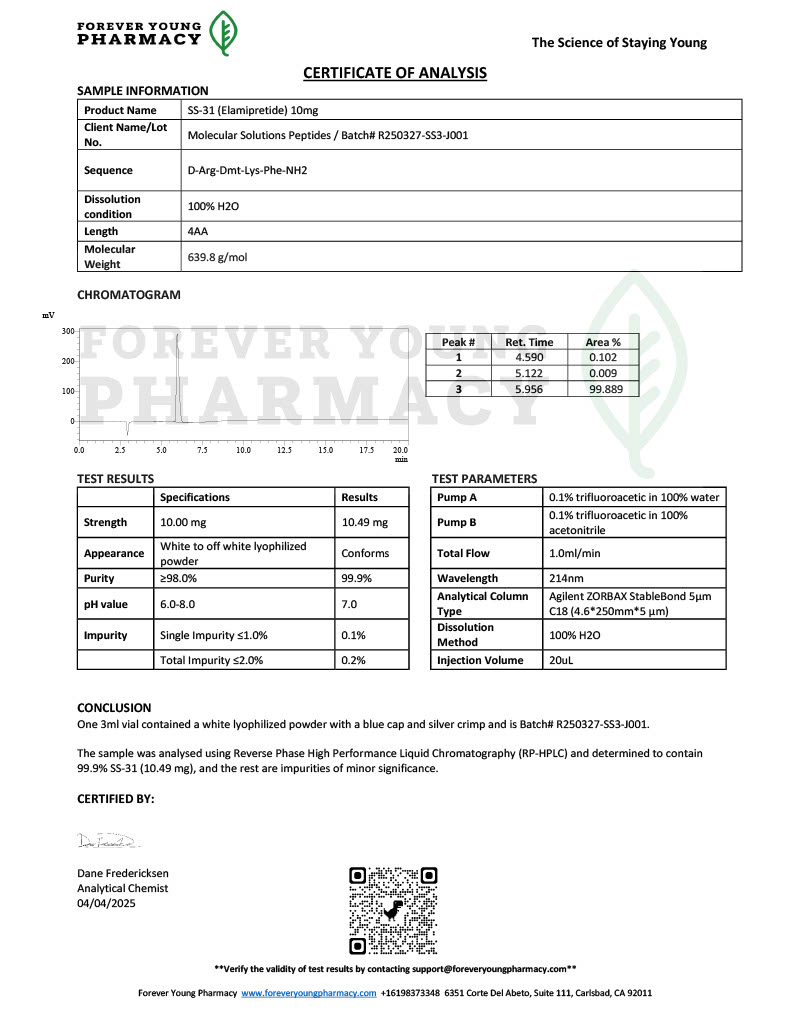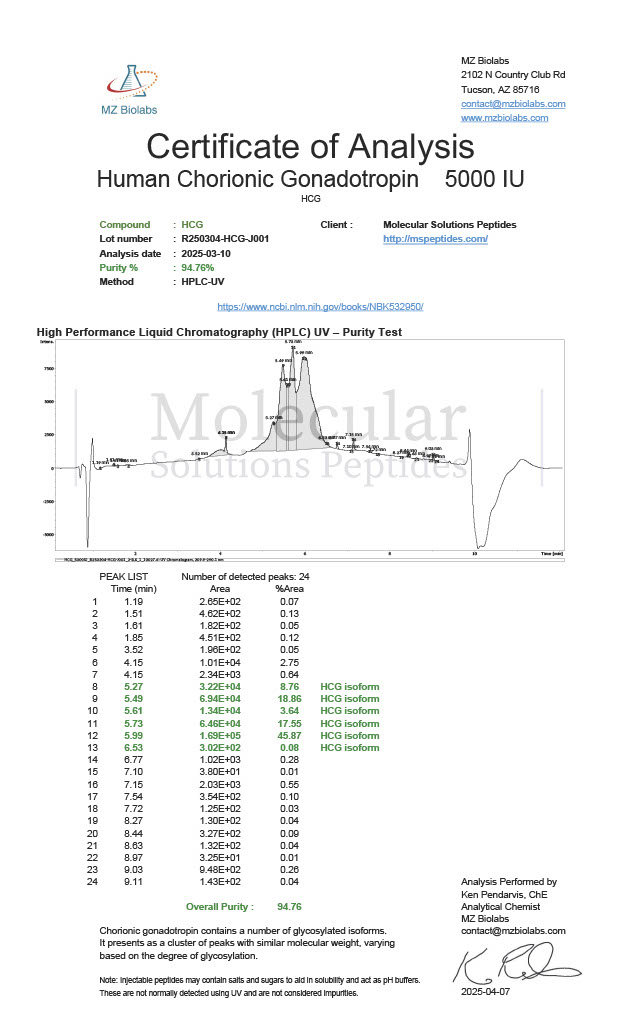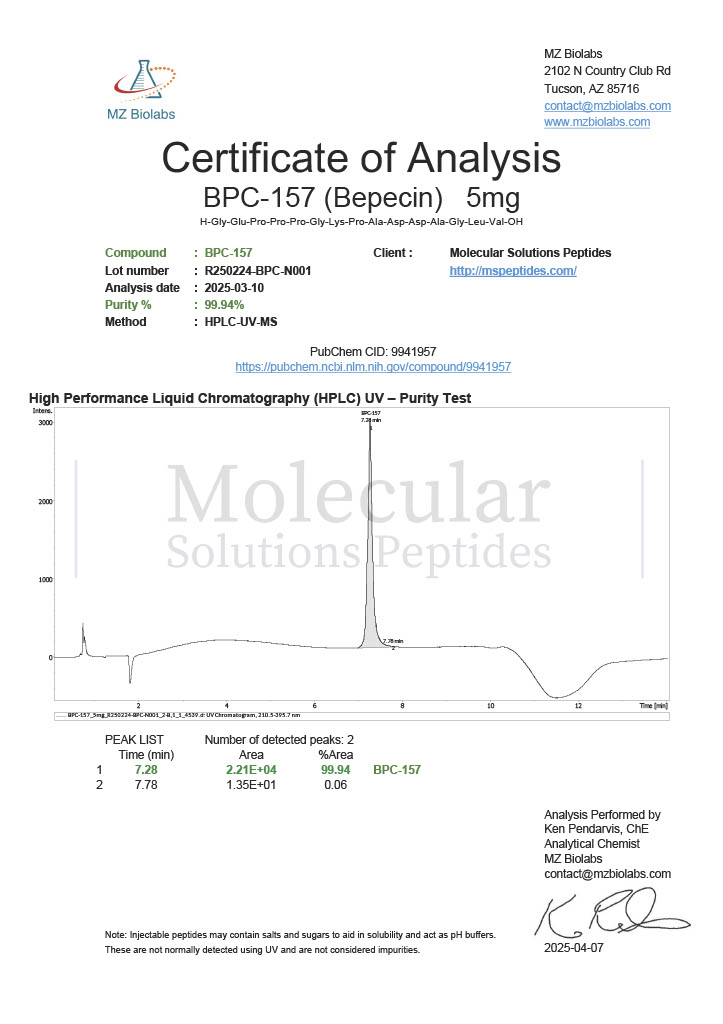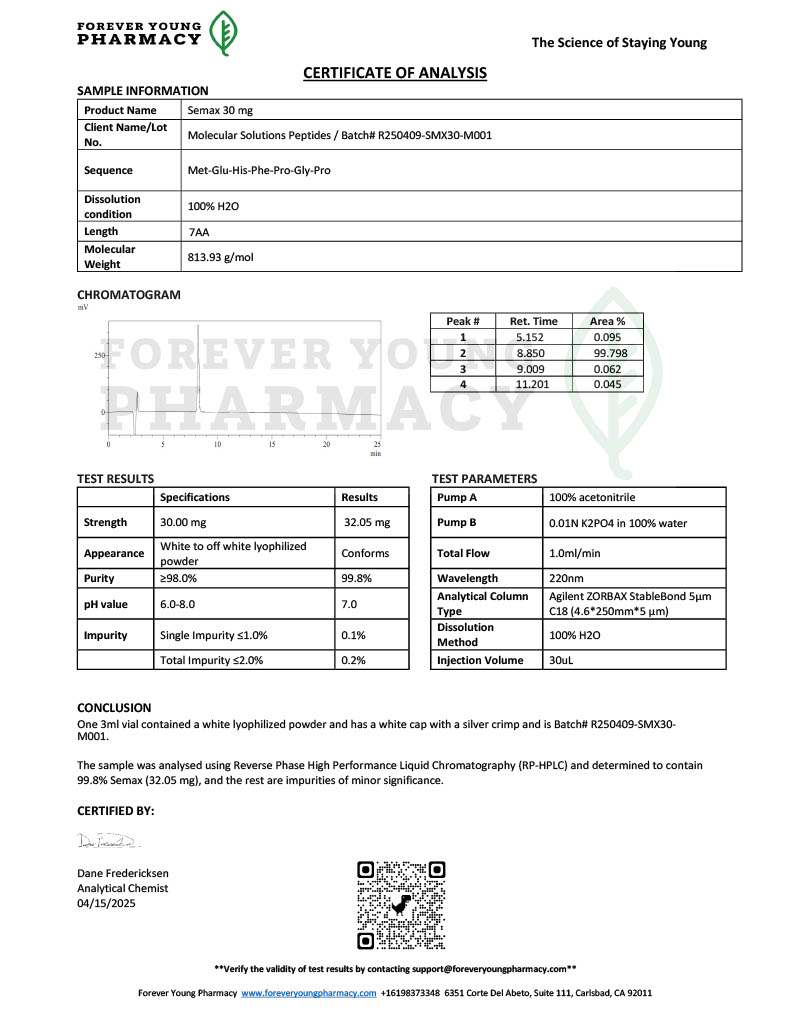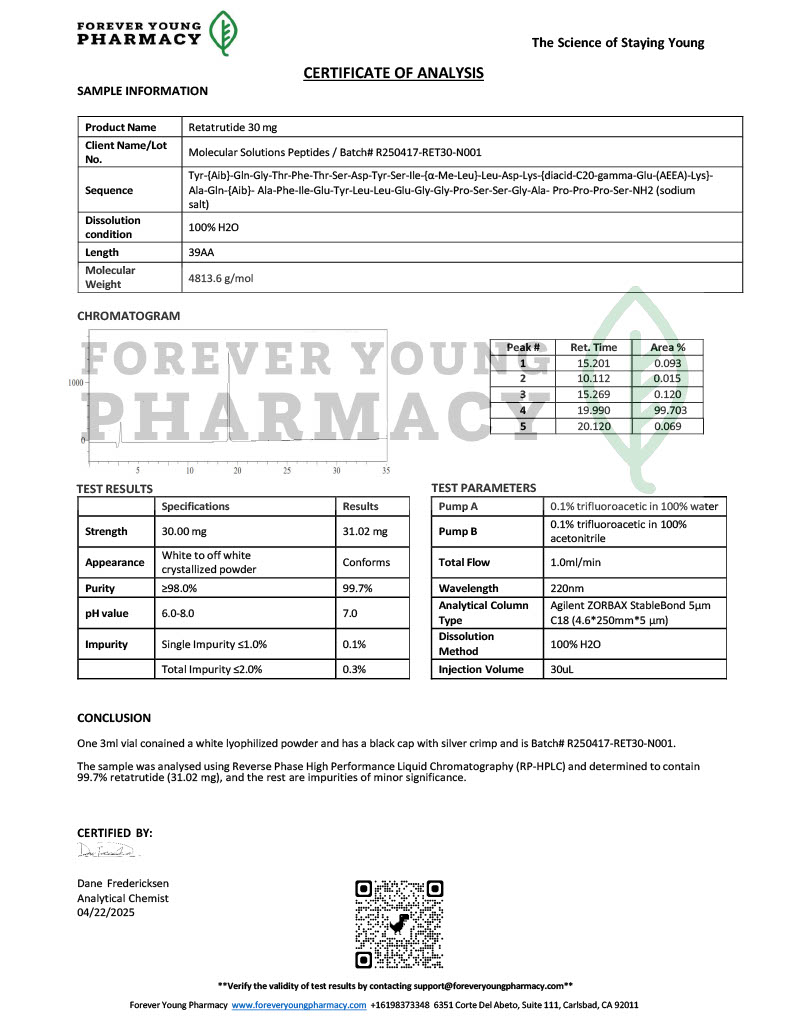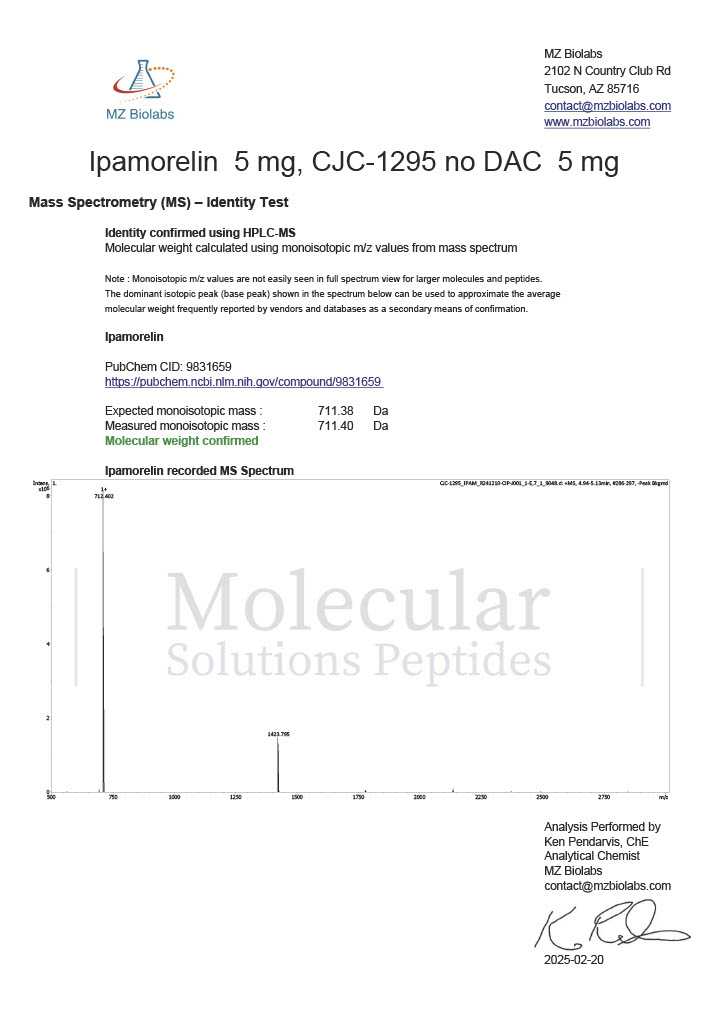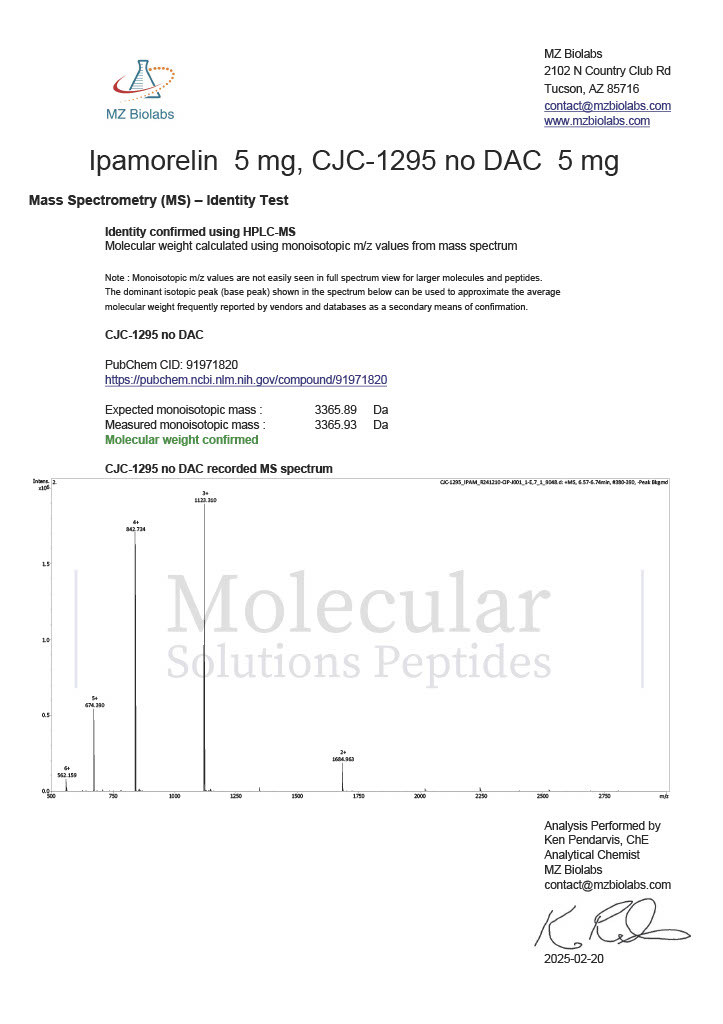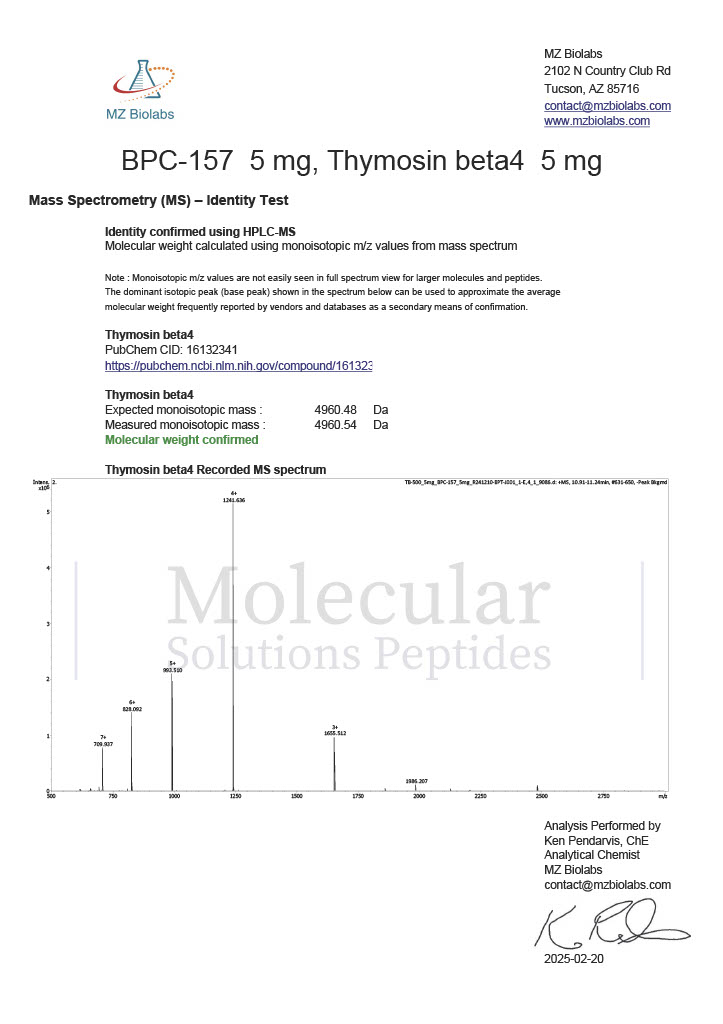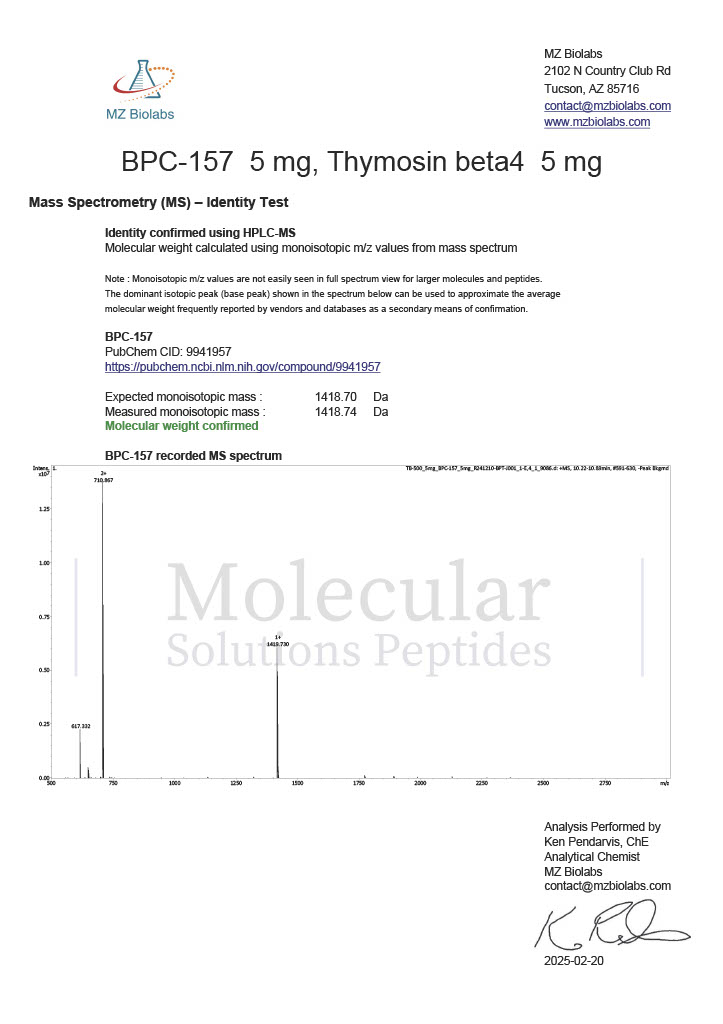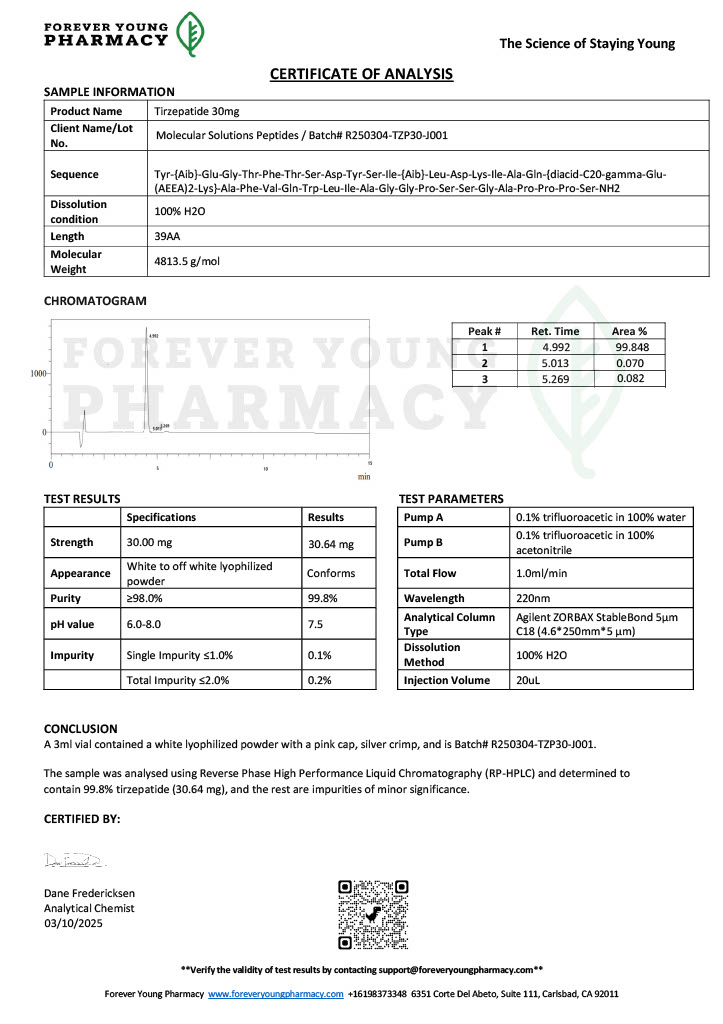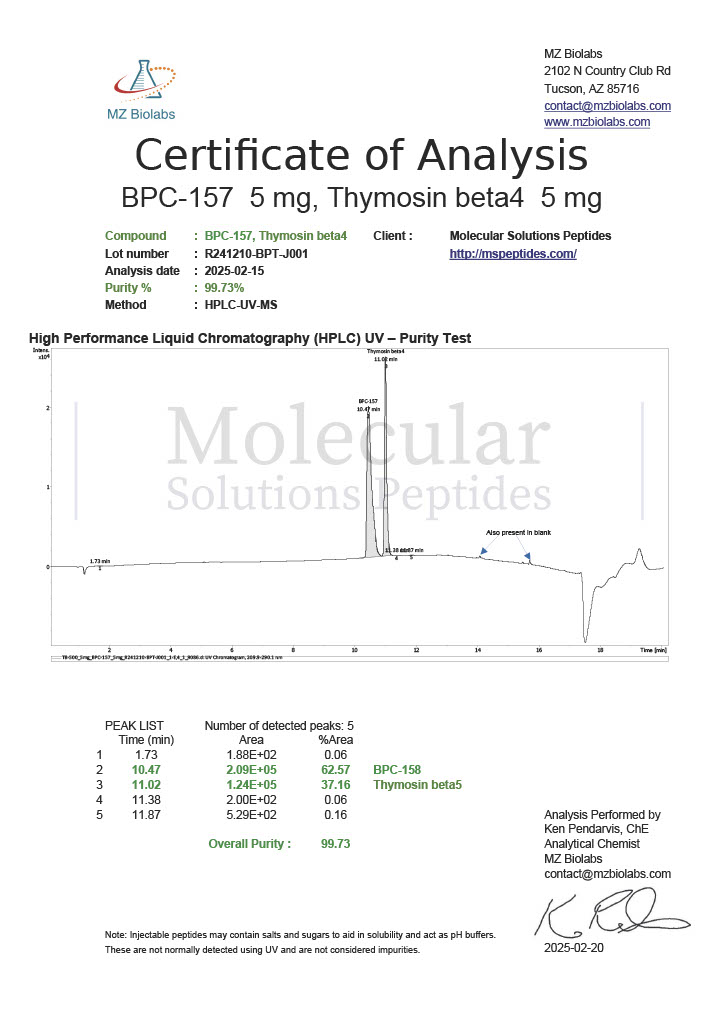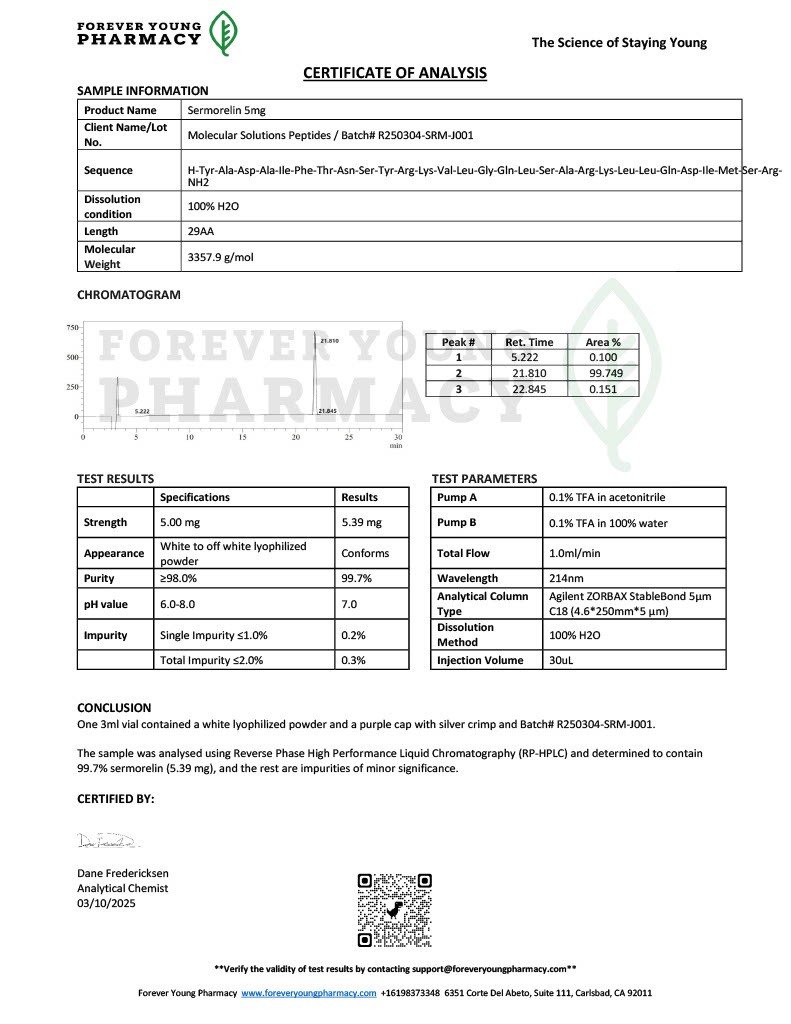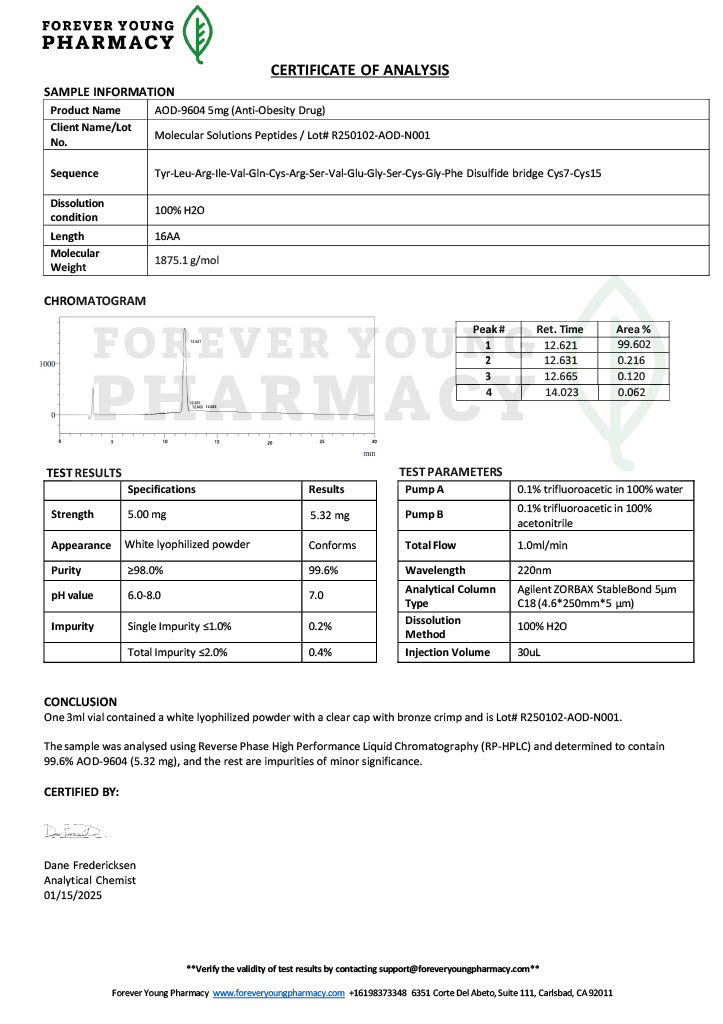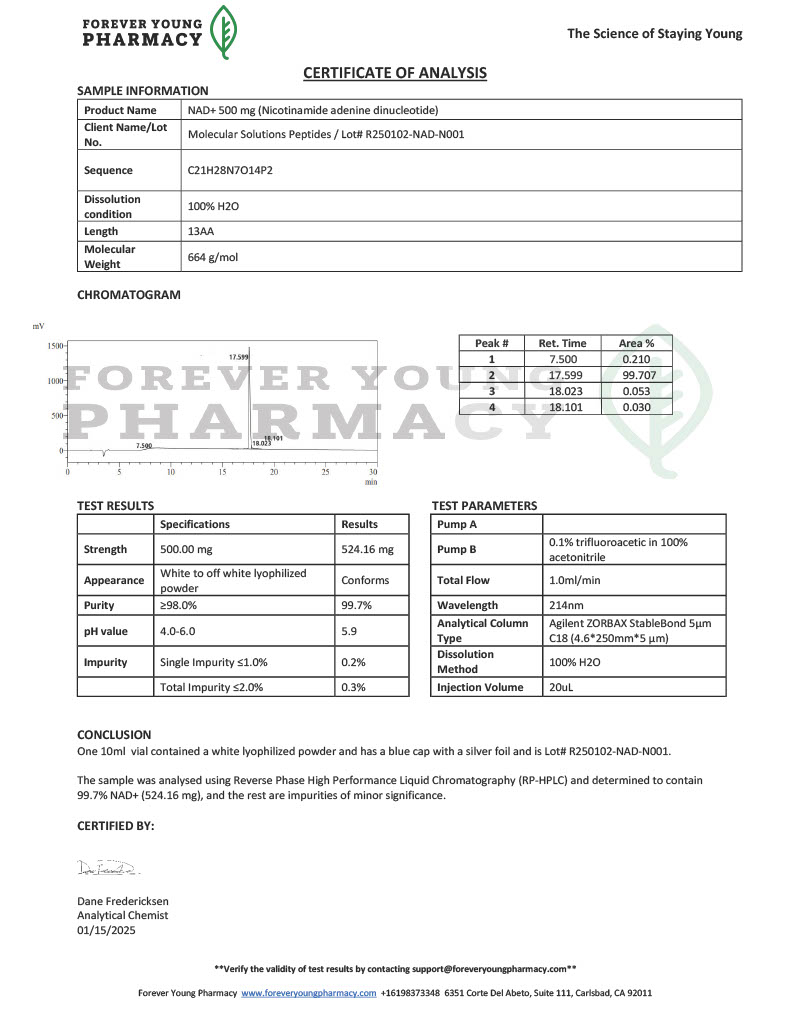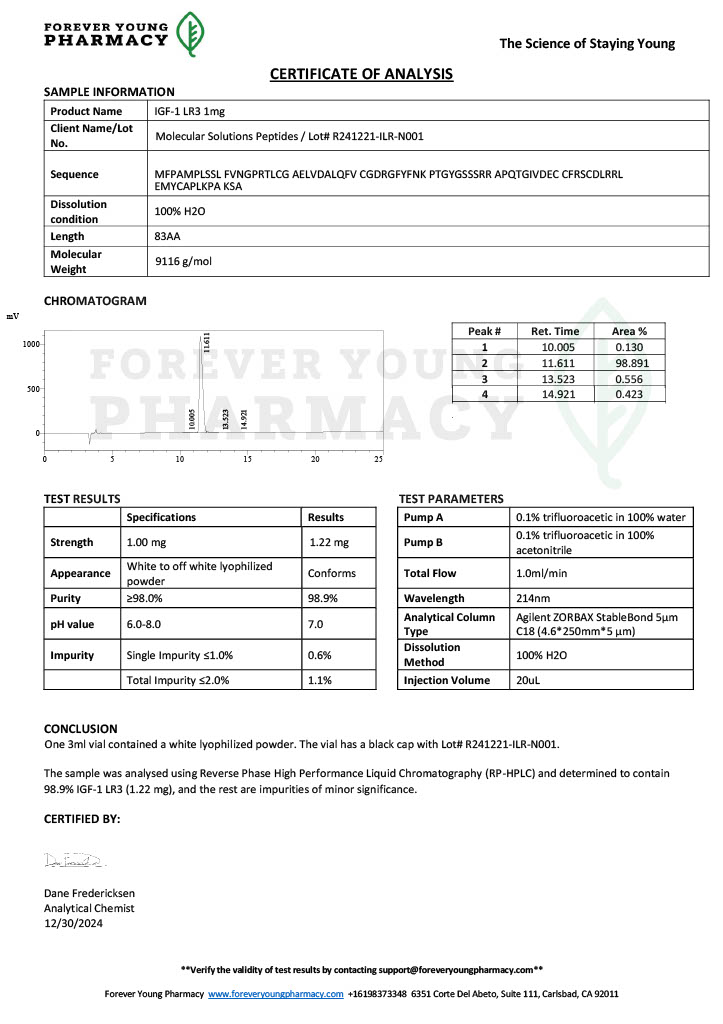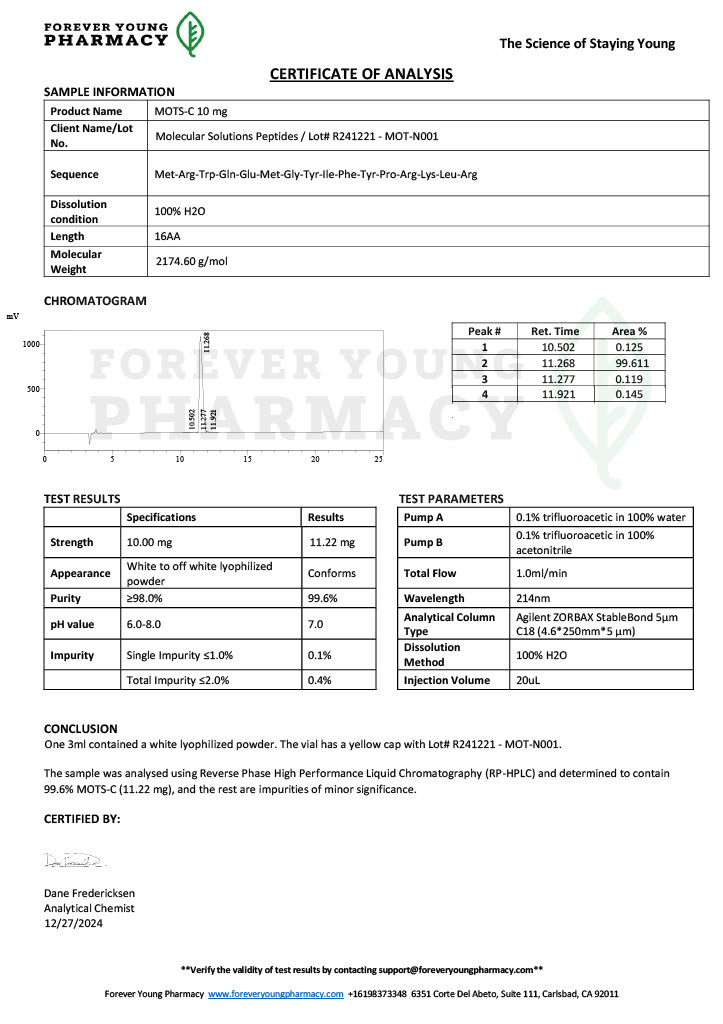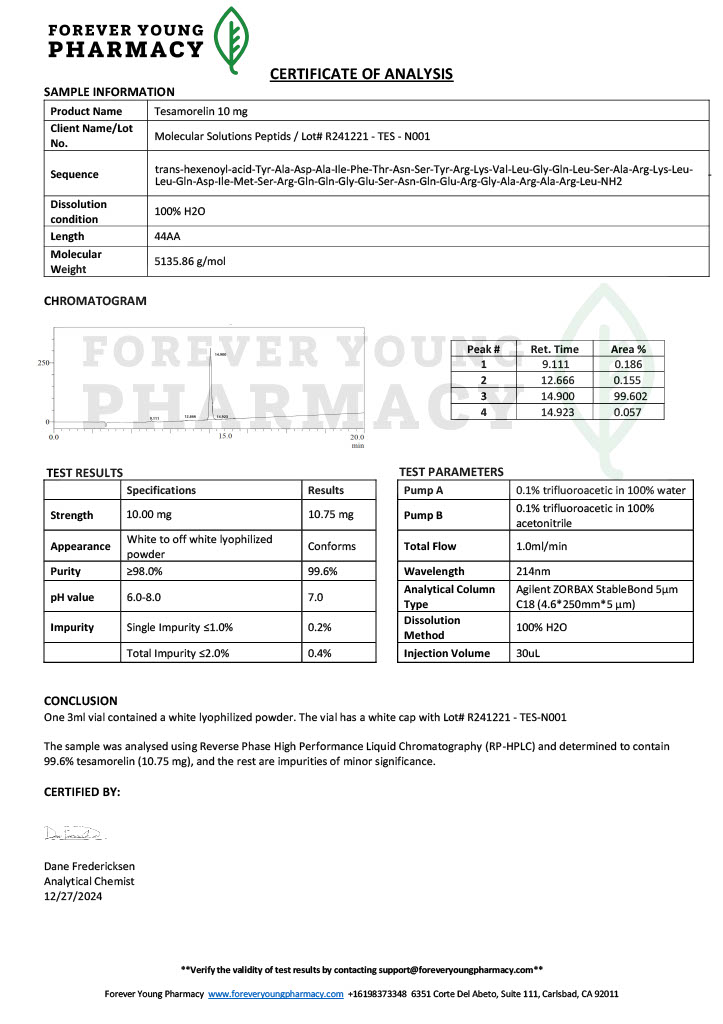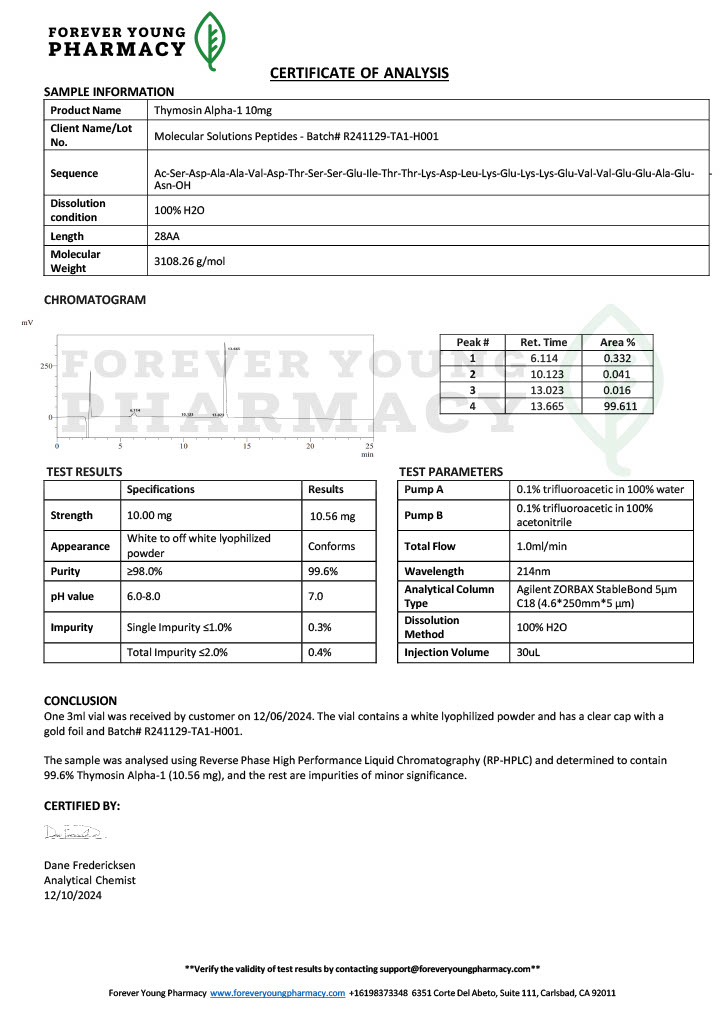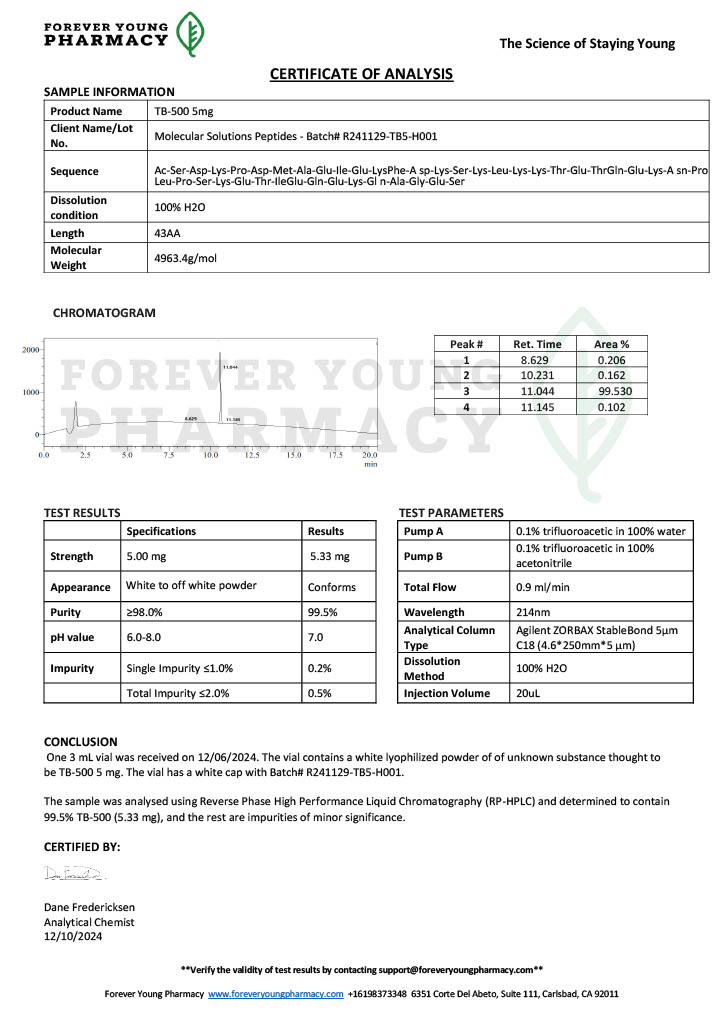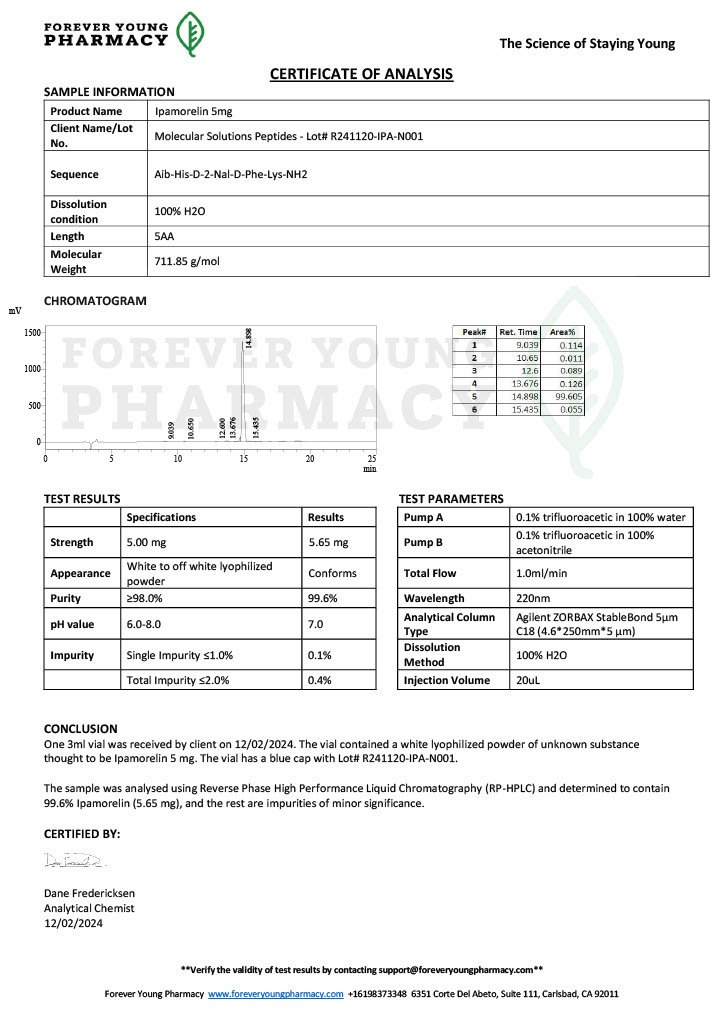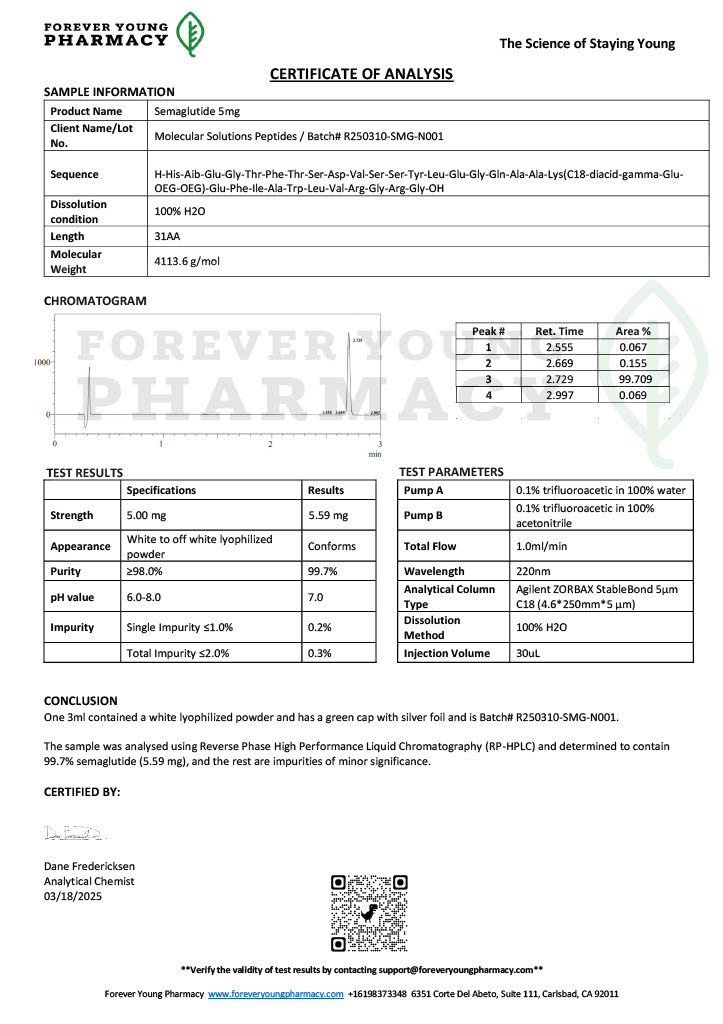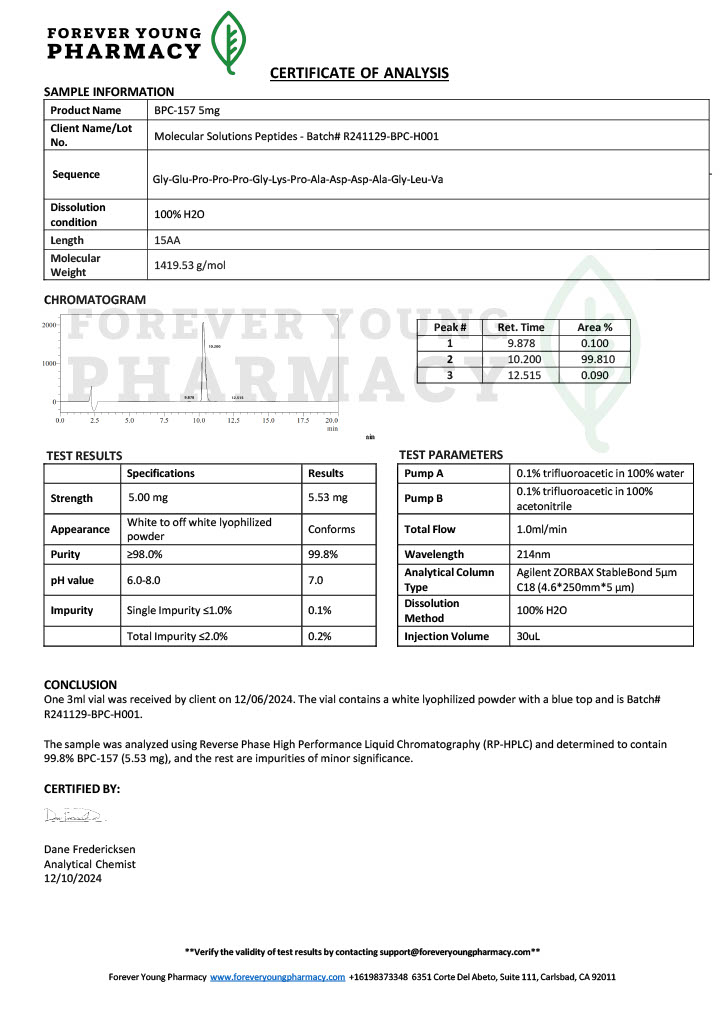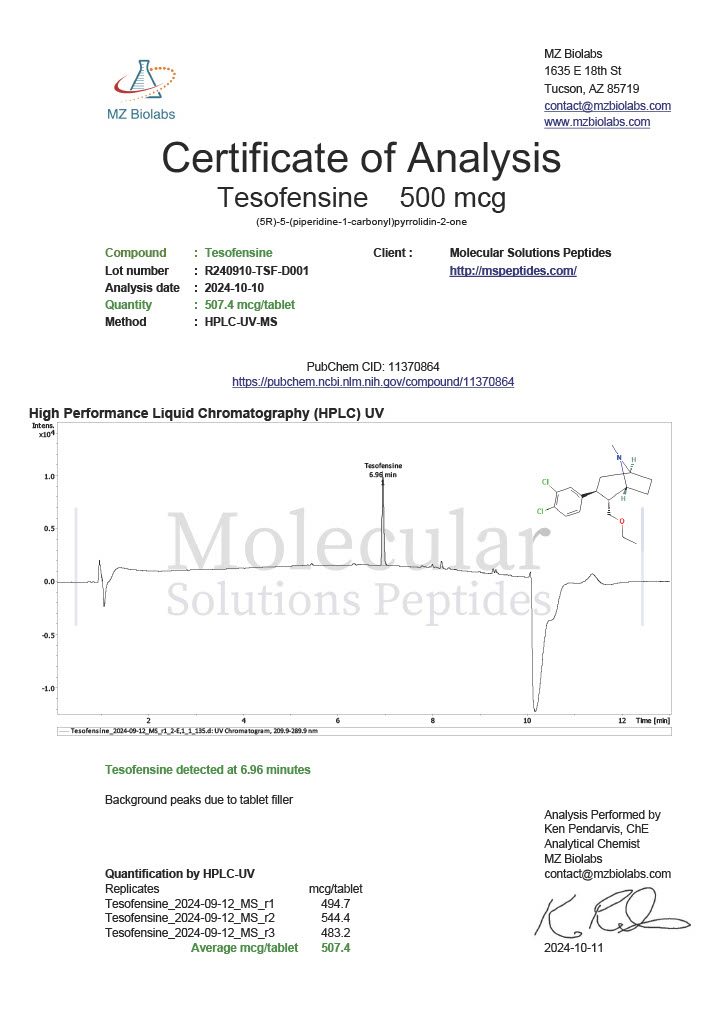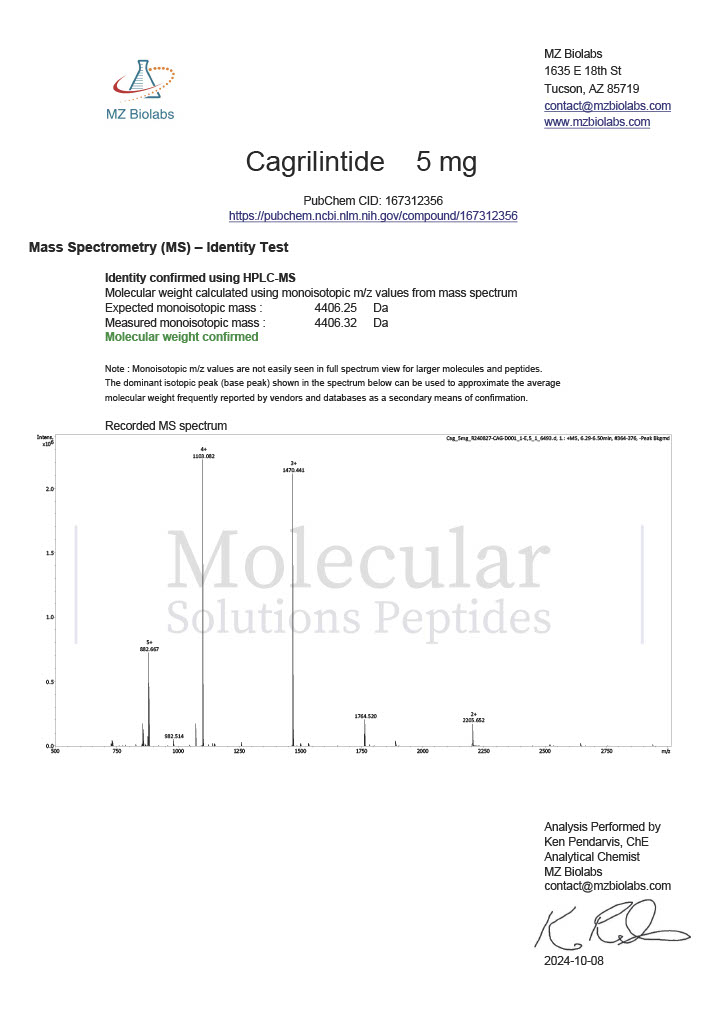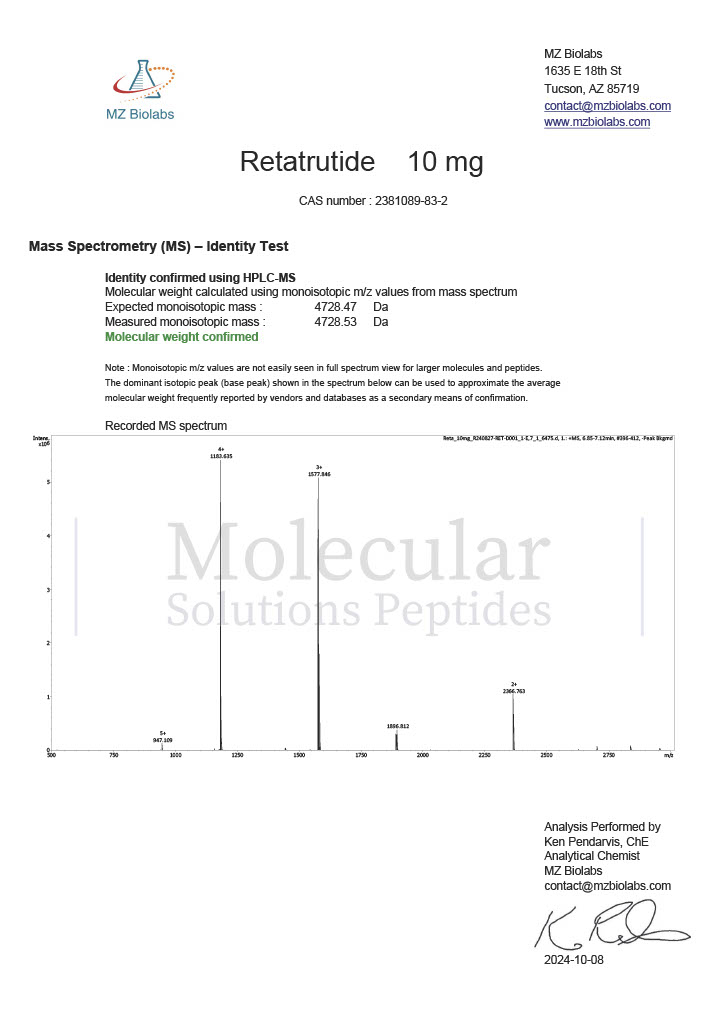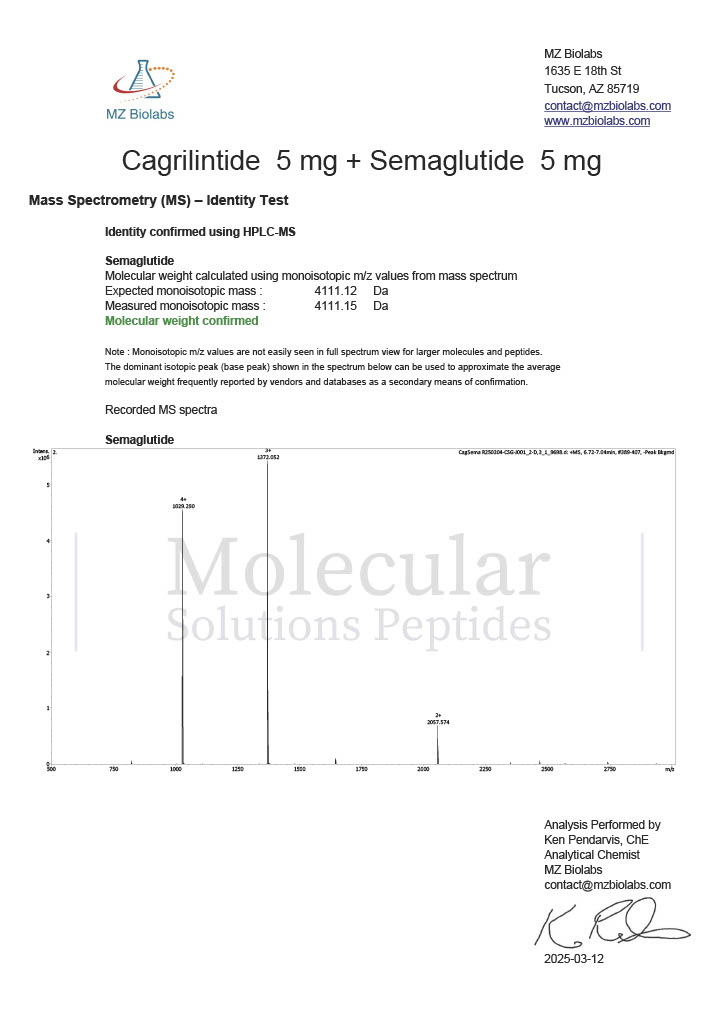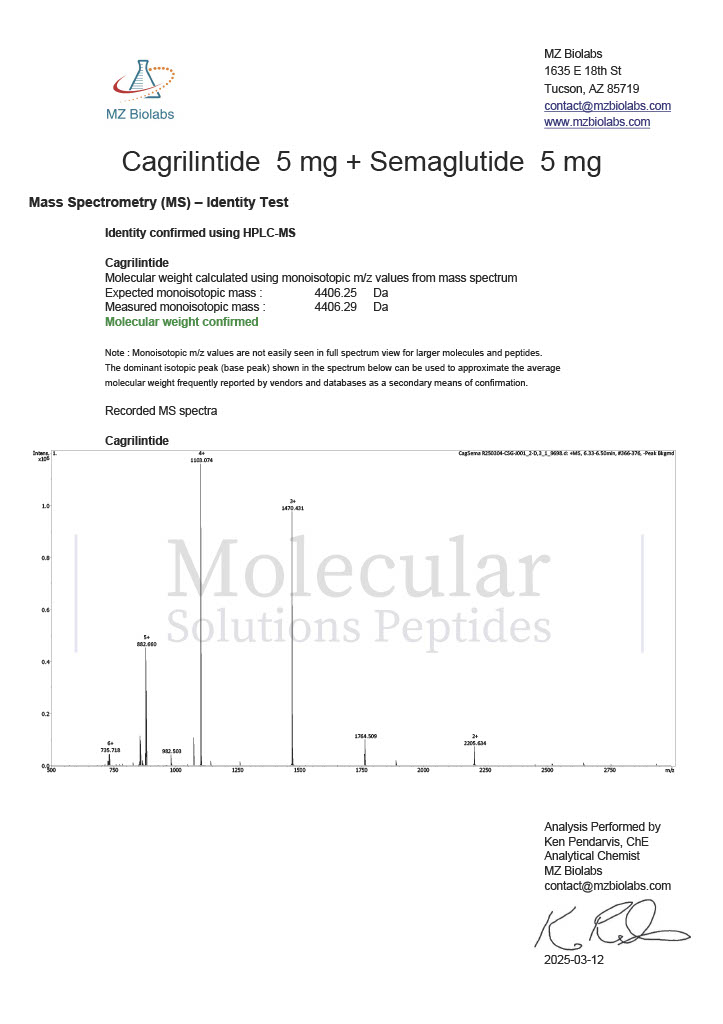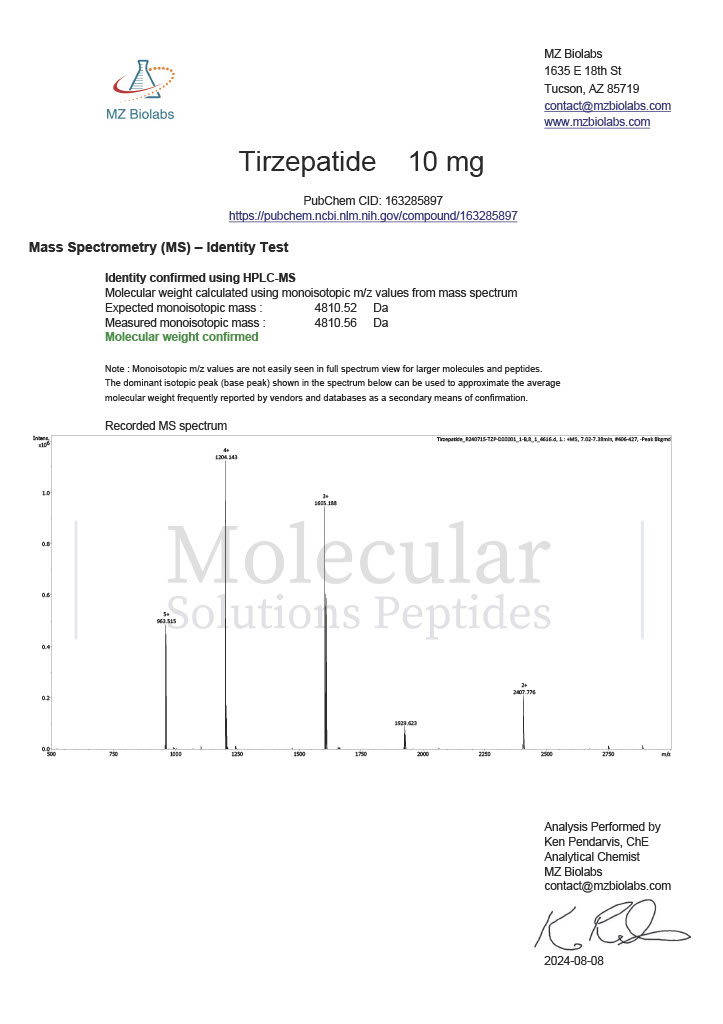Peptide Storage: Best Practices for Preservation and Stability
To ensure the longevity and effectiveness of peptides, proper storage is crucial. This guide highlights key strategies for maintaining peptides, including temperature control, moisture protection, and container selection.
Ideal Storage Conditions
- Short-Term Storage: Refrigerate lyophilized peptides at temperatures under 4°C (39°F).
- Long-Term Storage: For extended periods, freezing at -20°C (-4°F) is preferred to maintain stability. Avoid frequent freeze-thaw cycles.
- Avoid Contamination: Prevent exposure to air and moisture, particularly after freezing. Use dry, inert gases like nitrogen or argon when resealing containers.
Storage Solutions & Containers
- Lyophilized Peptides: Can last longer at room temperature but must be stored properly for extended periods.
- Peptide Solutions: Best stored in sterile buffers at pH 5-6, and avoid long-term storage in solution.
- Containers: Use chemically resistant vials (glass or polypropylene) for safe storage.
For optimal peptide preservation, always store in a cool, dry, dark location and avoid overexposure to air or light. Ensure peptides are aliquoted according to research needs to minimize degradation.

